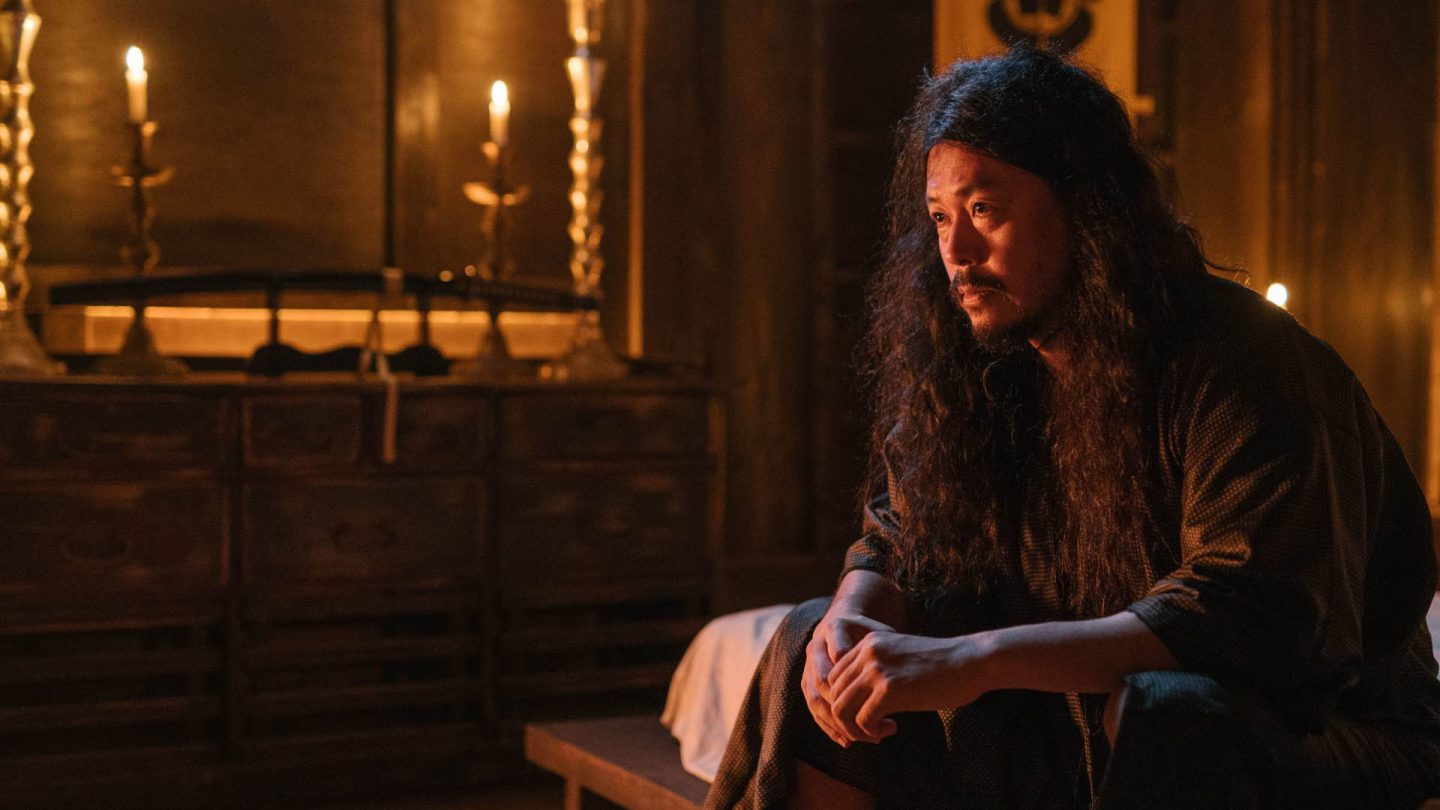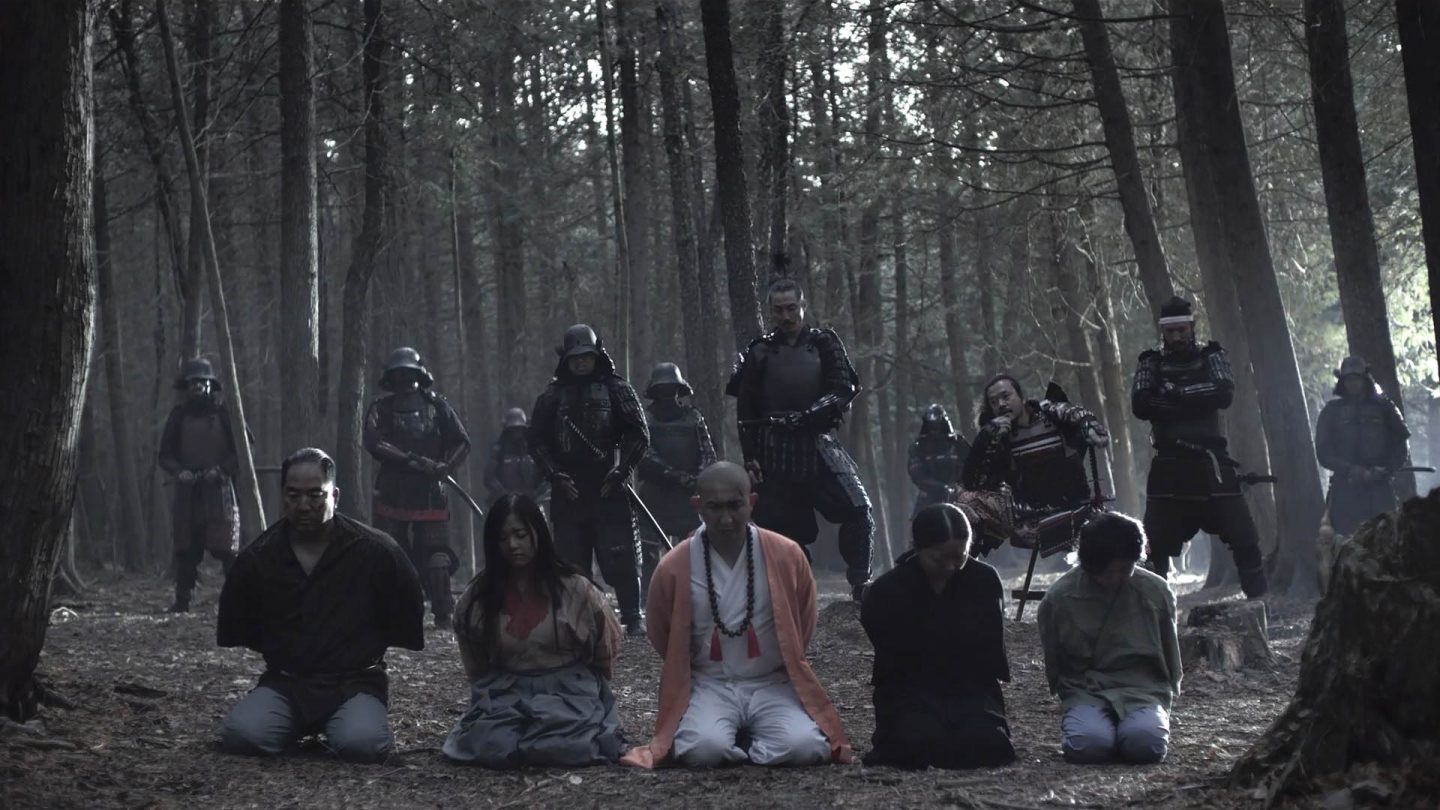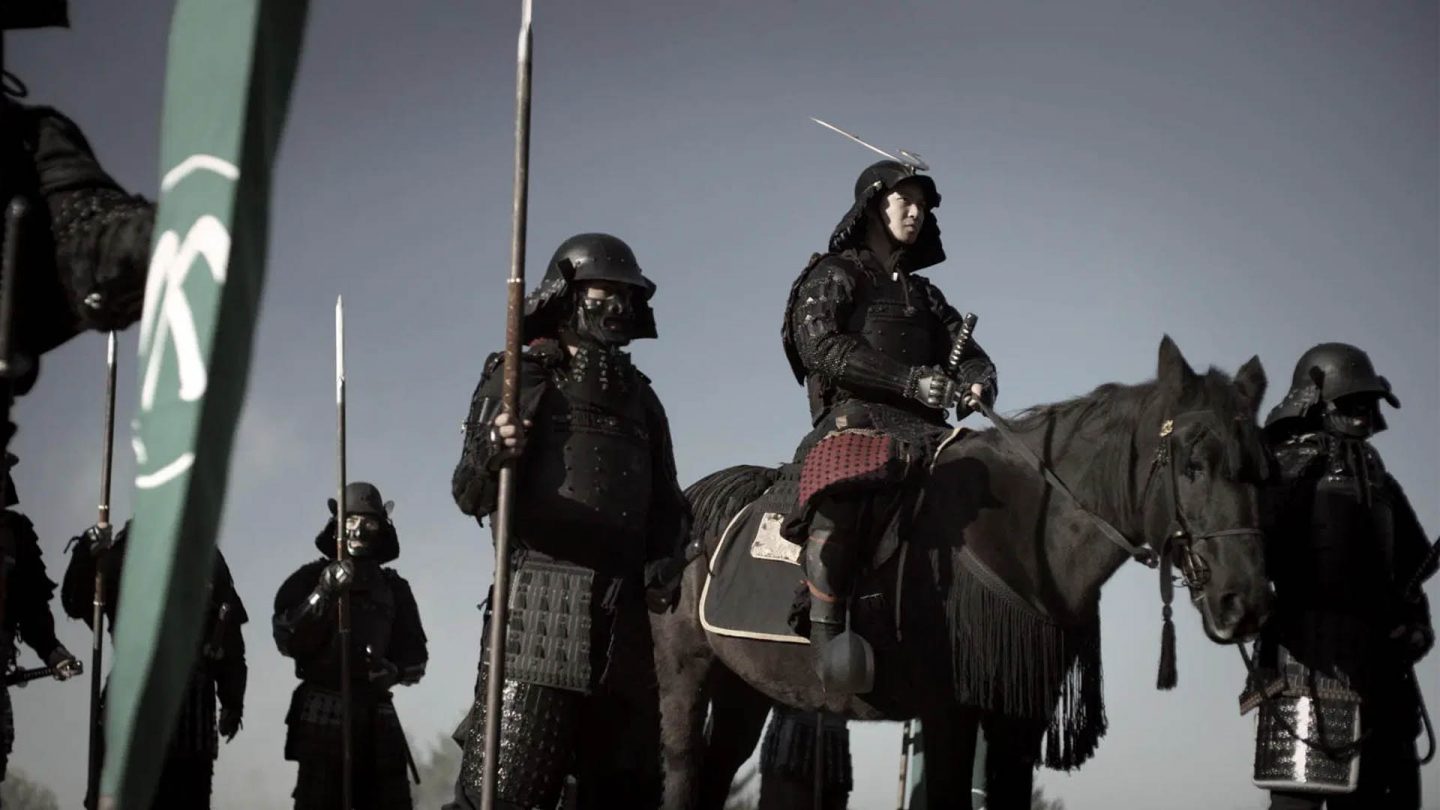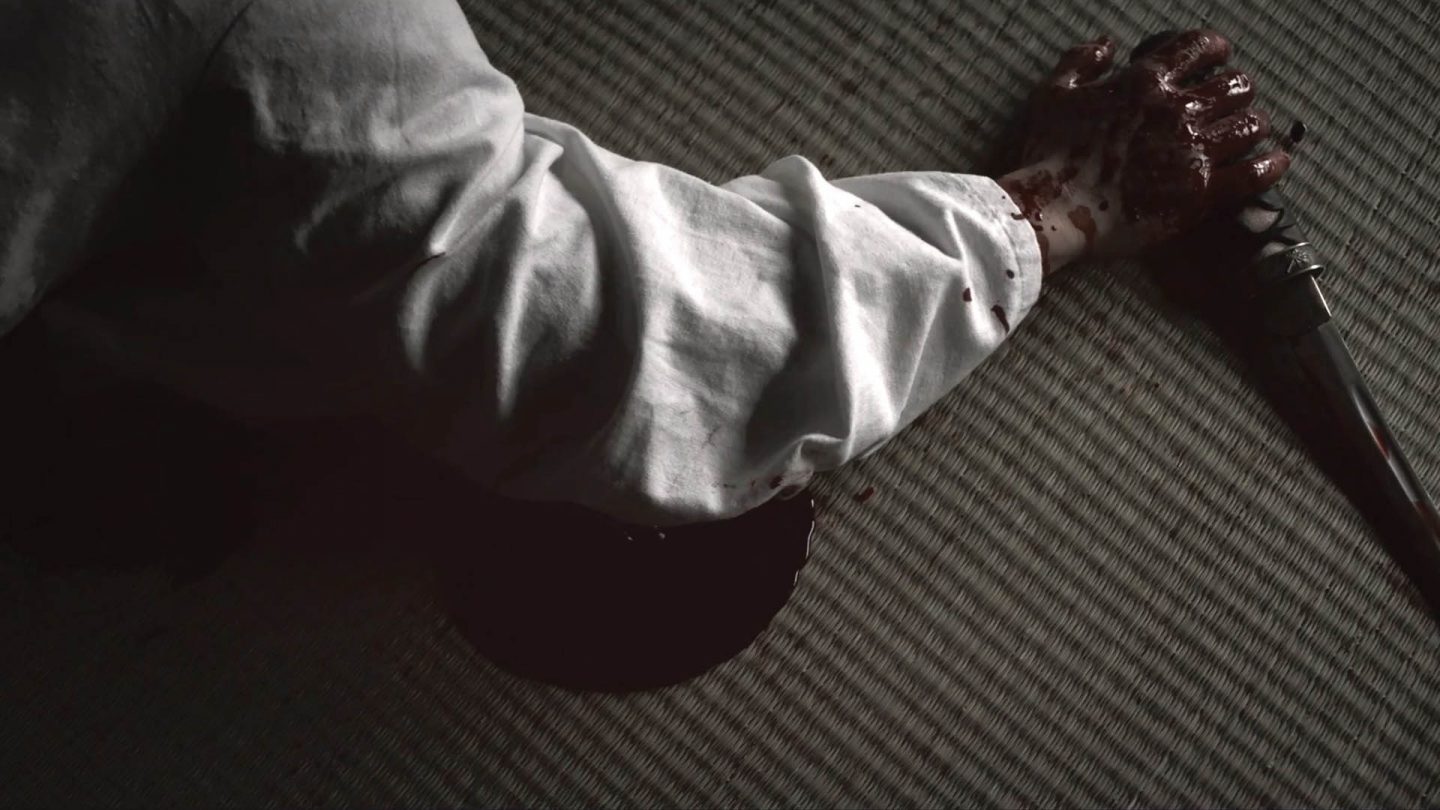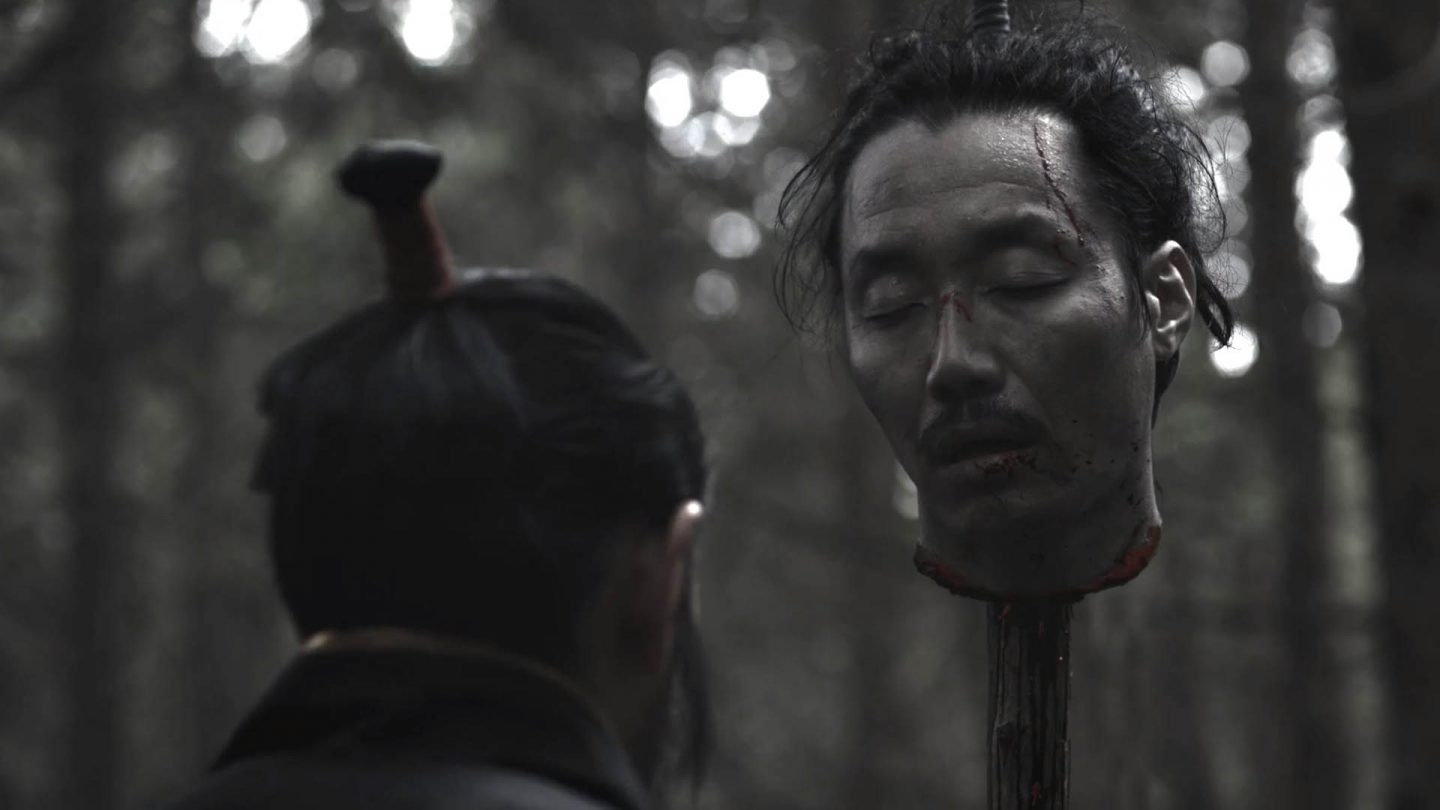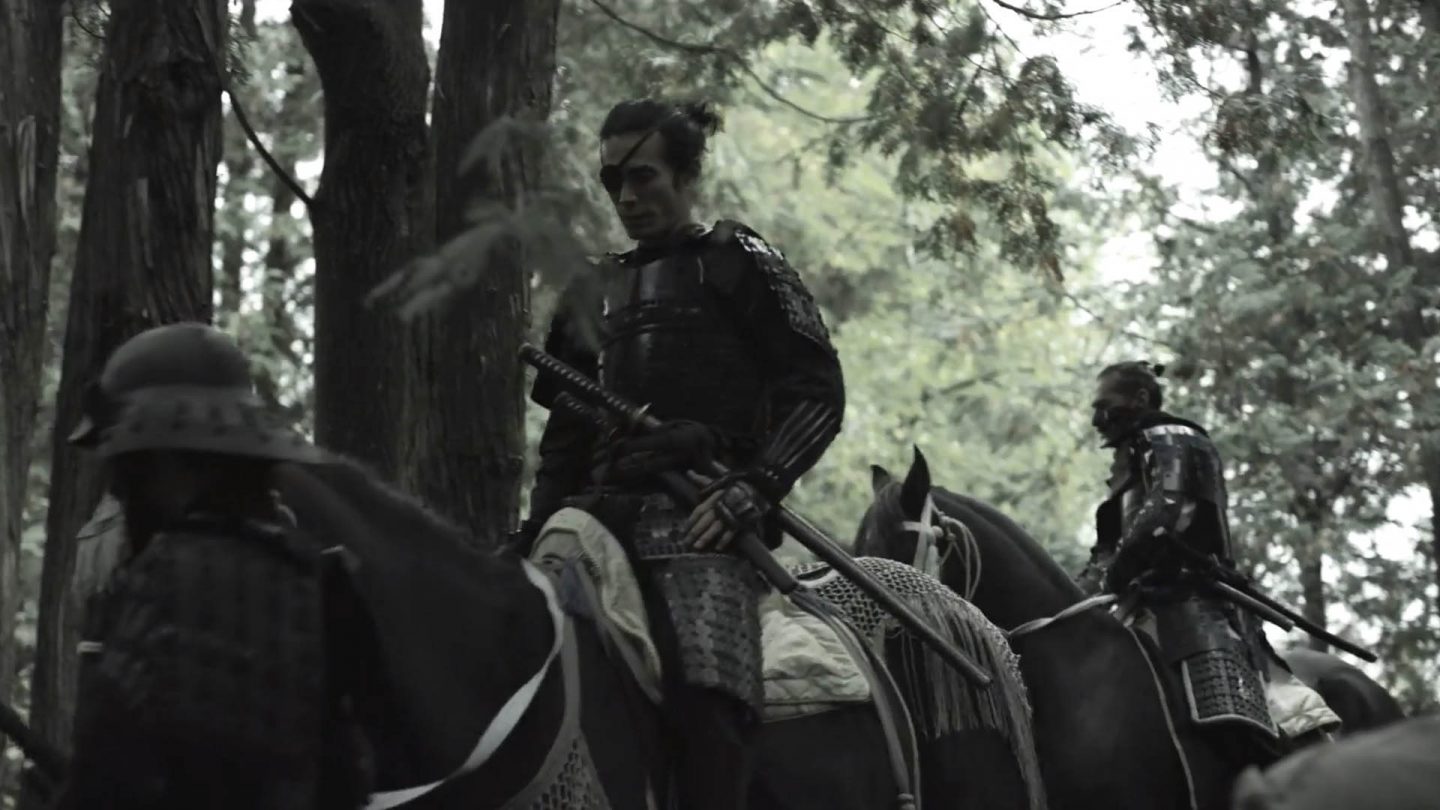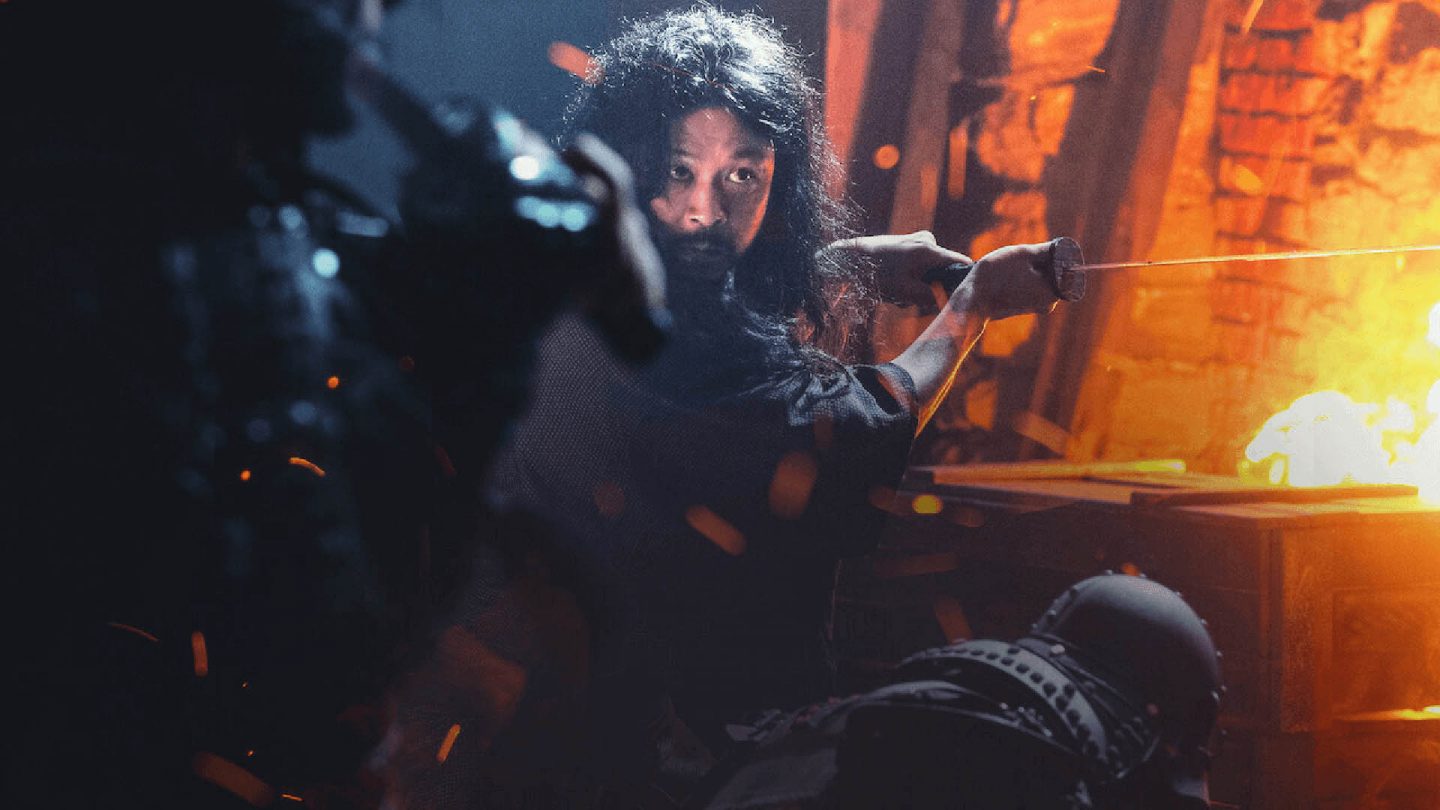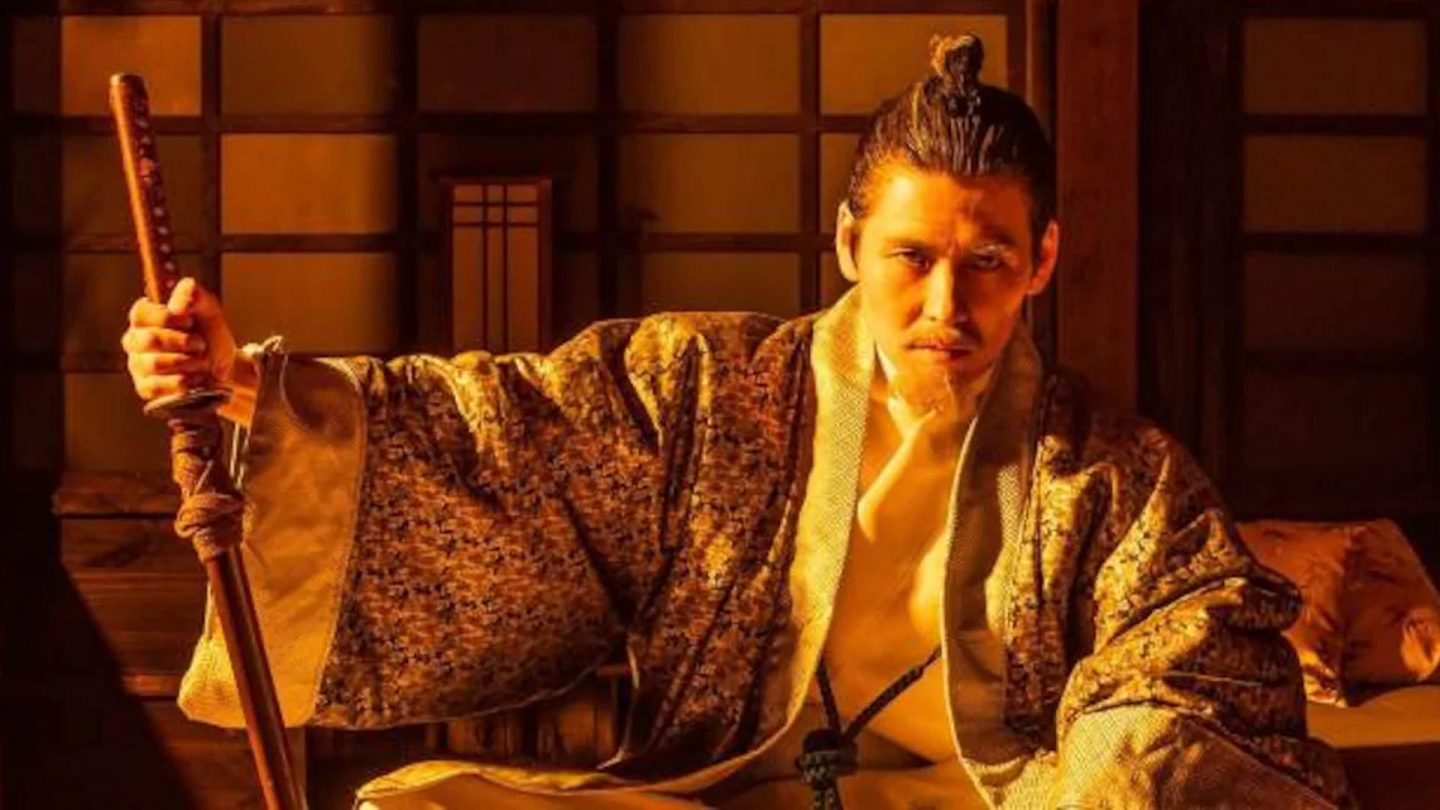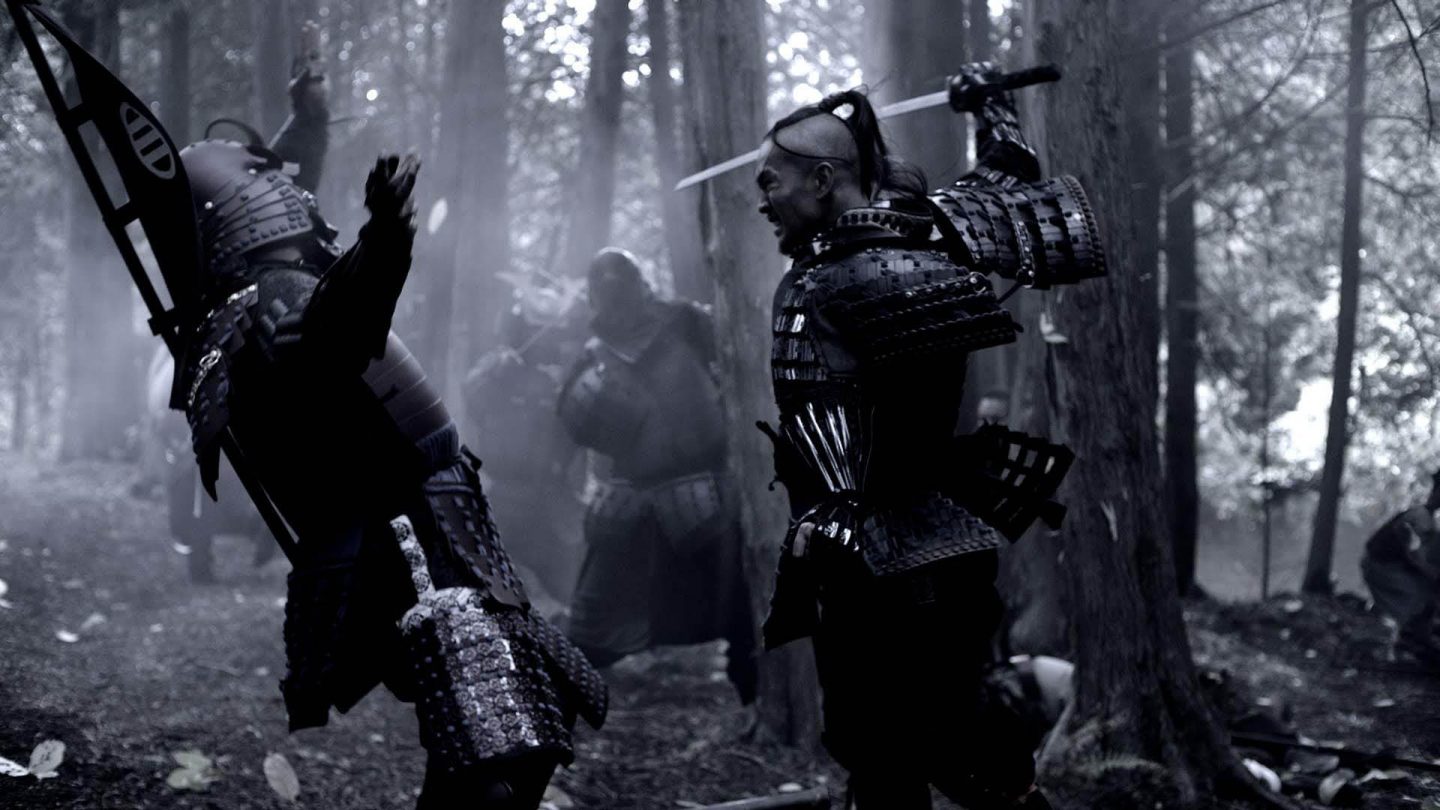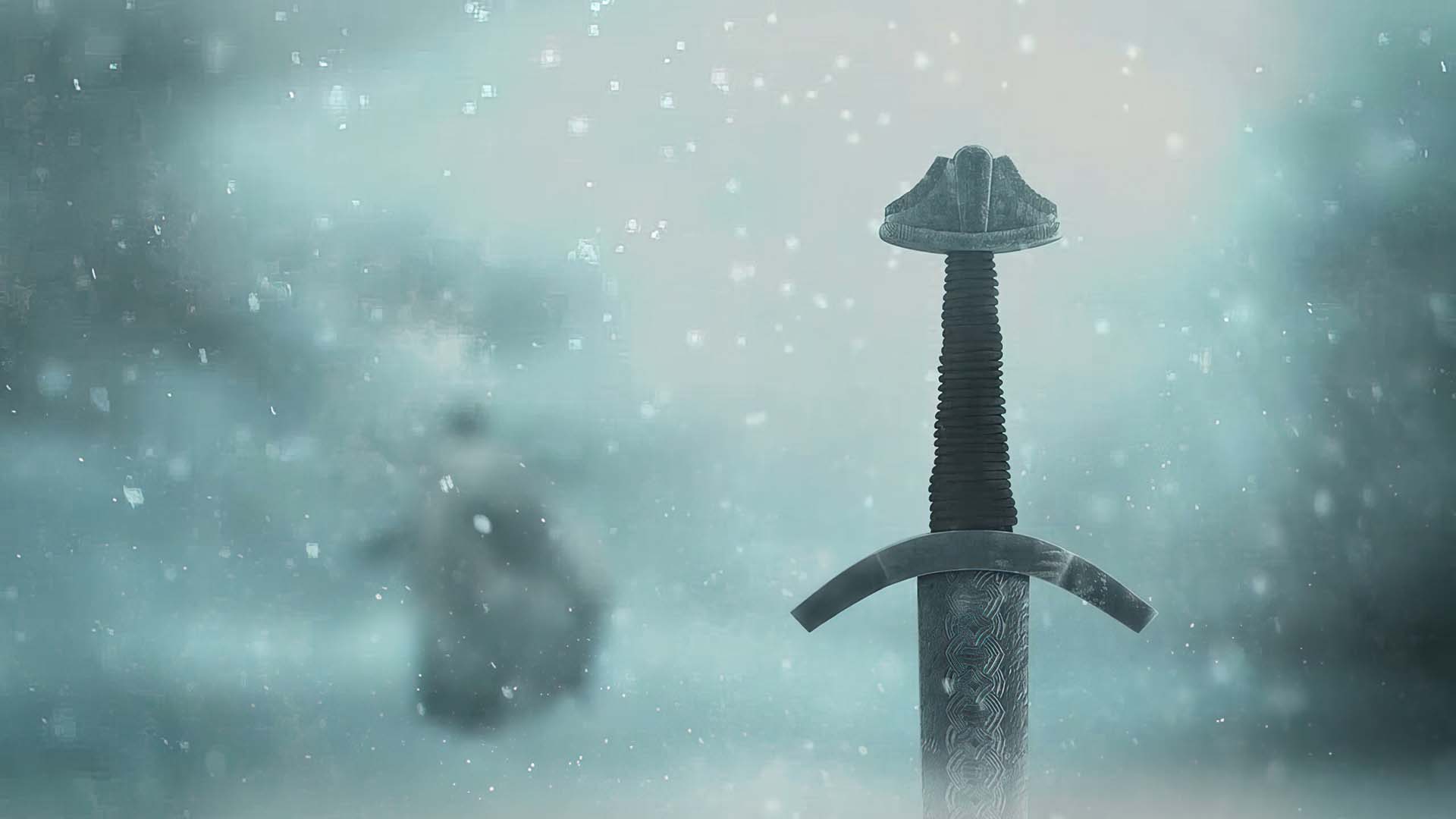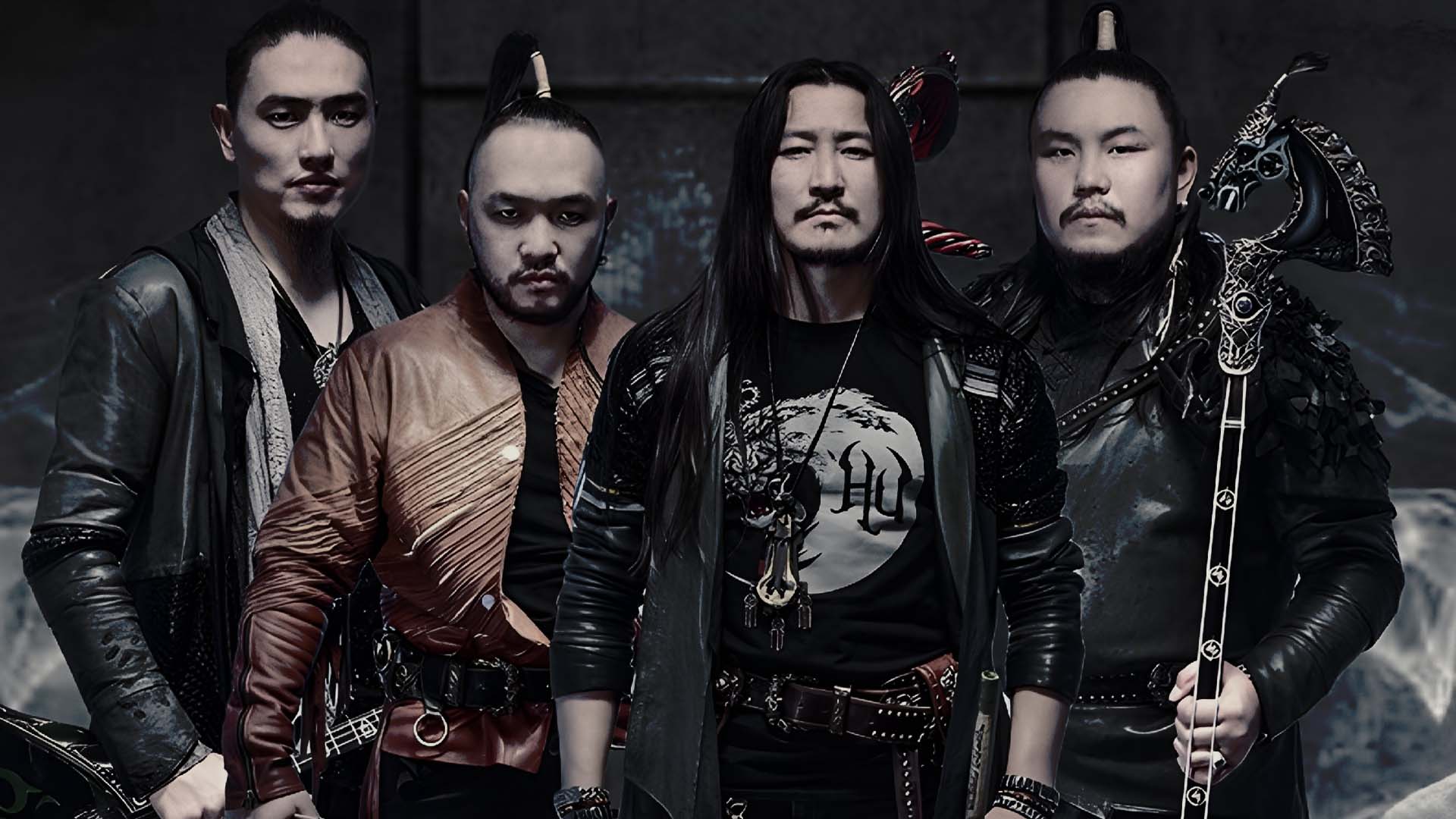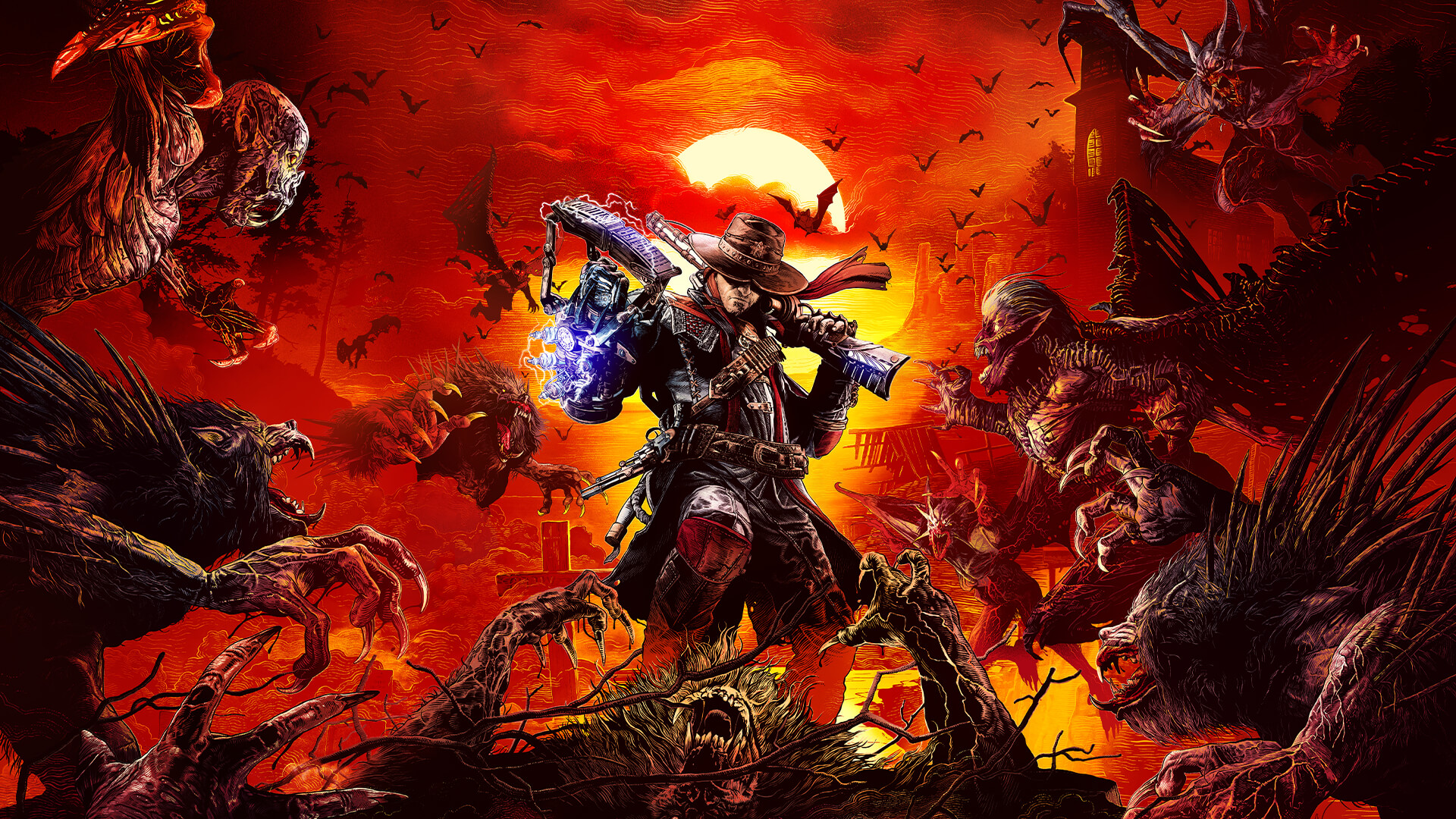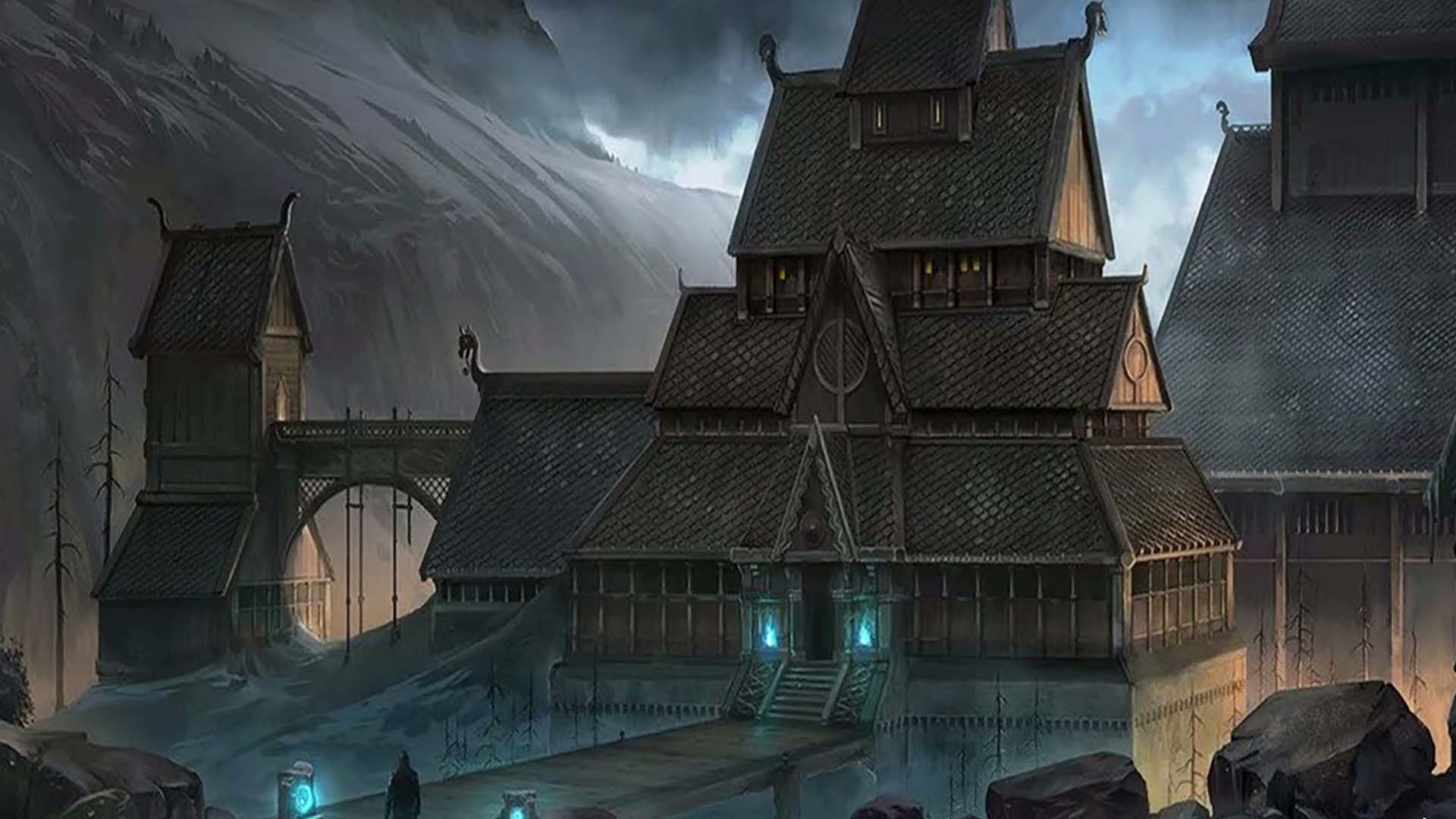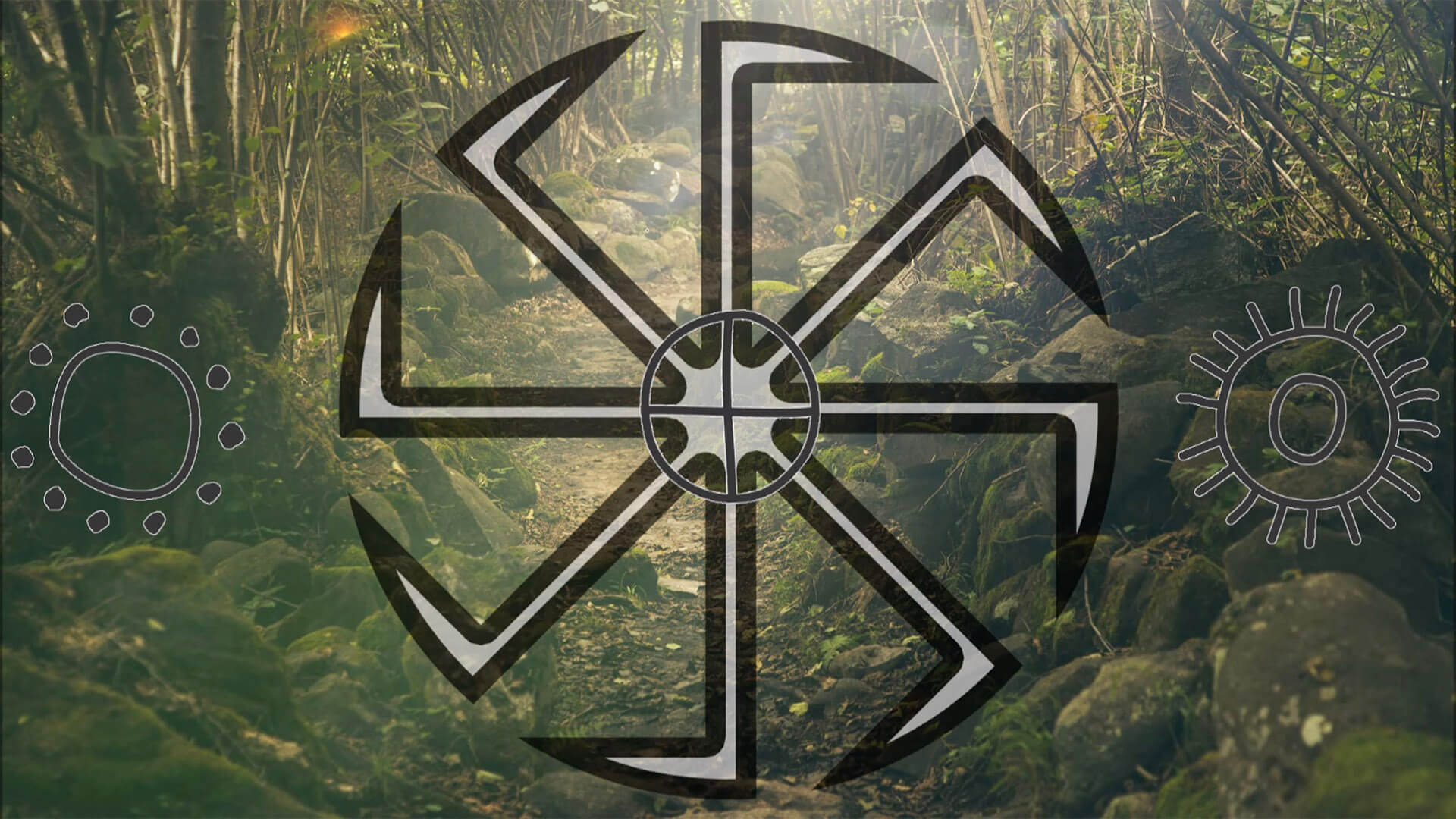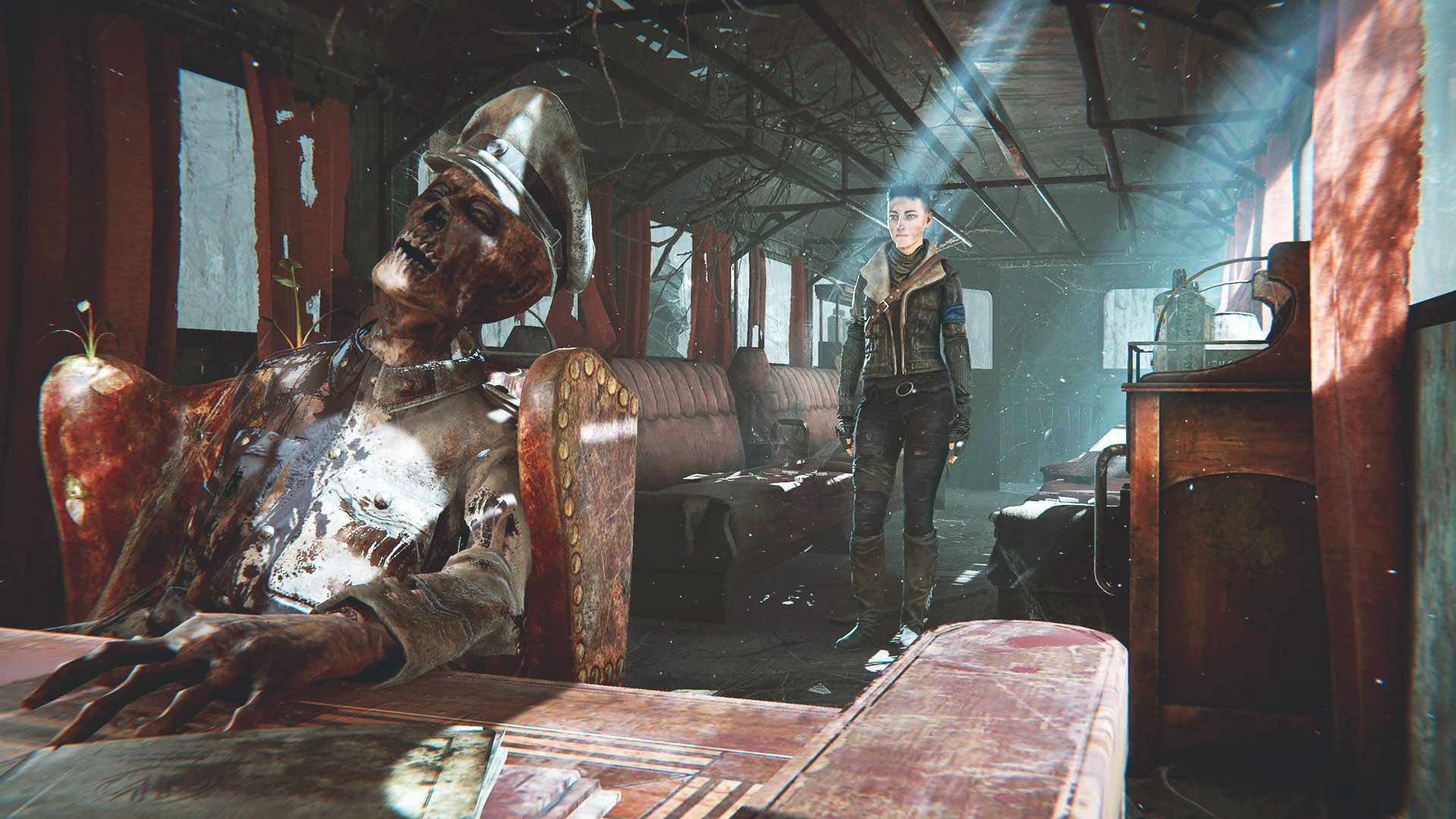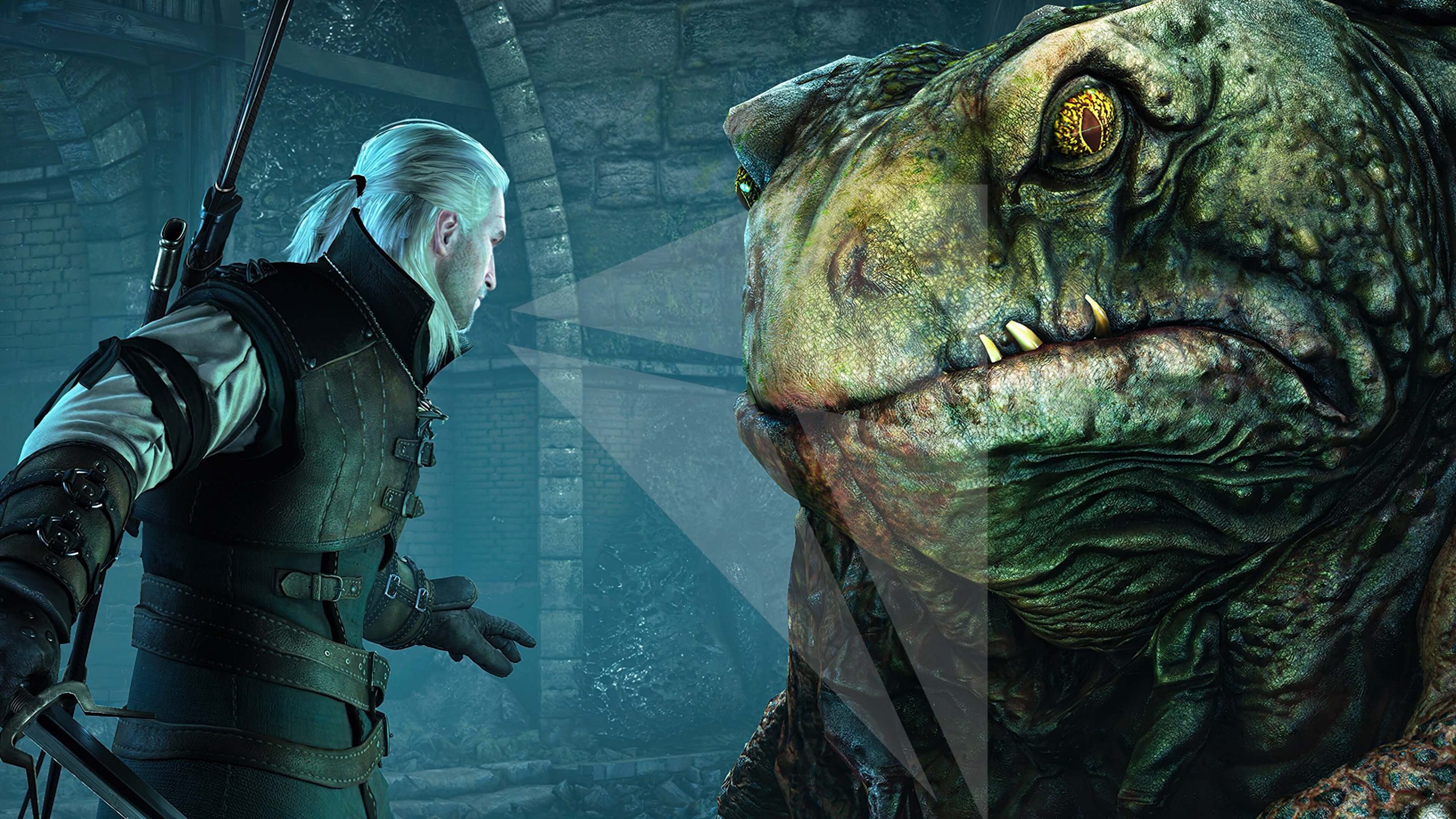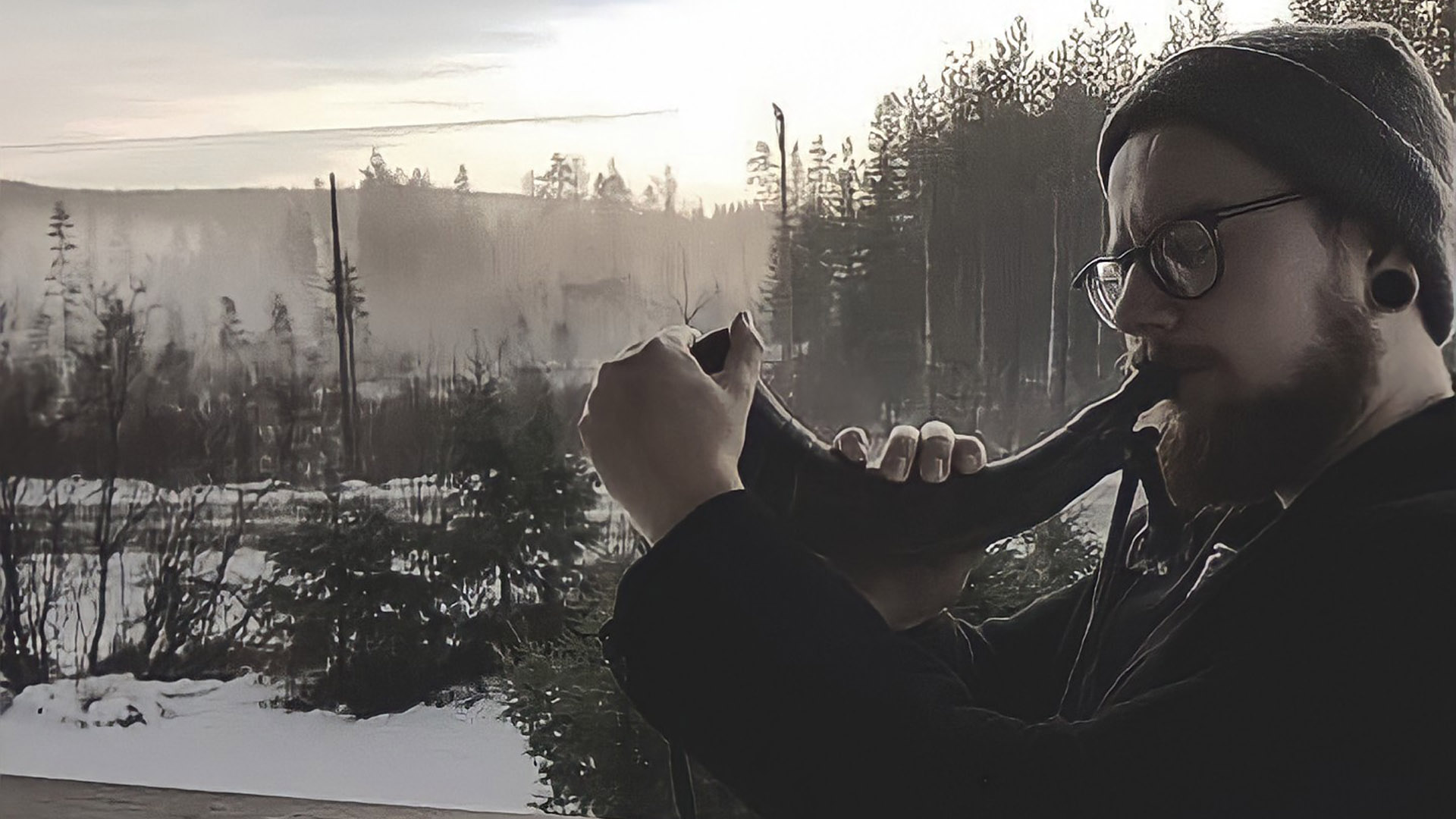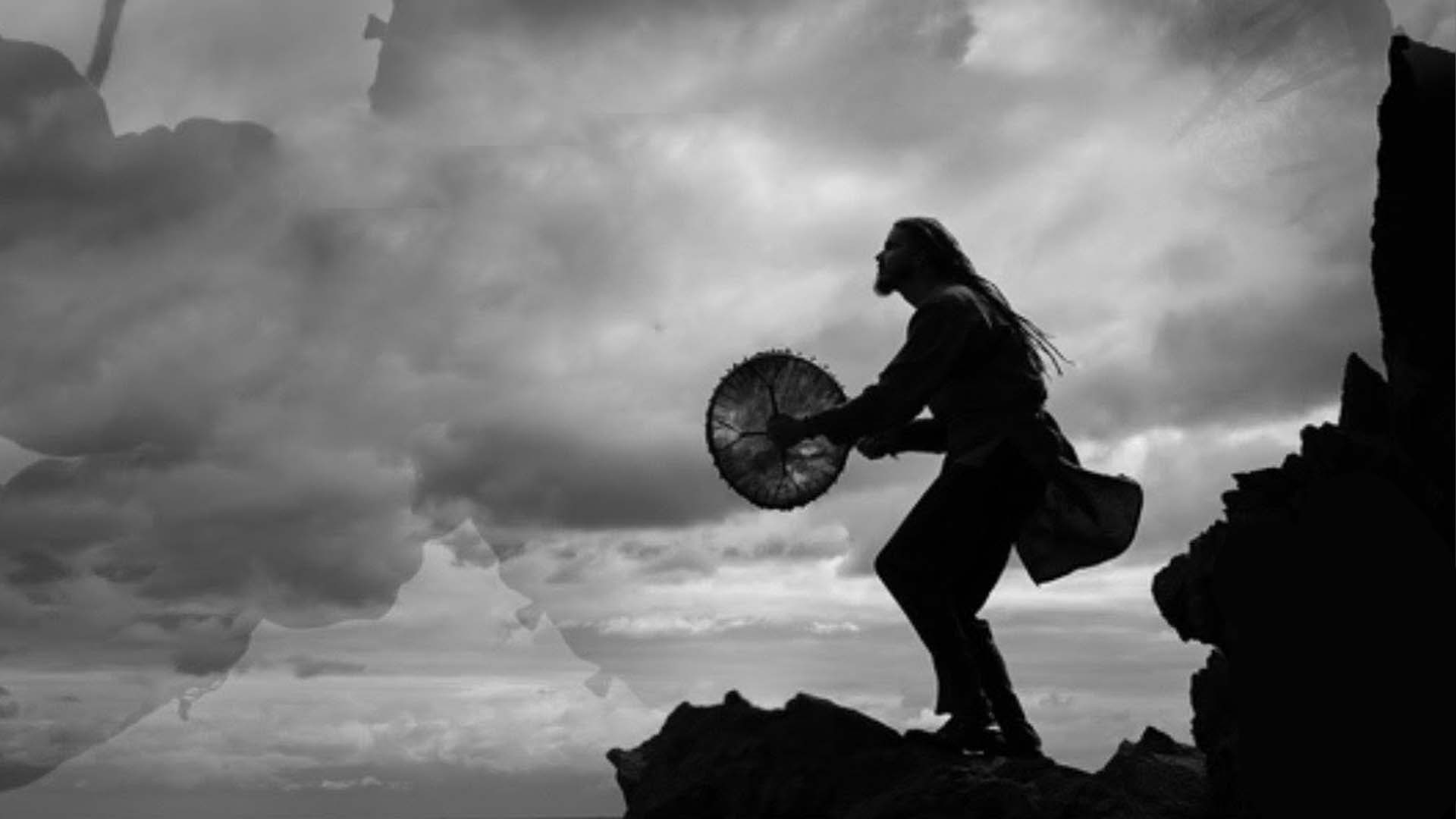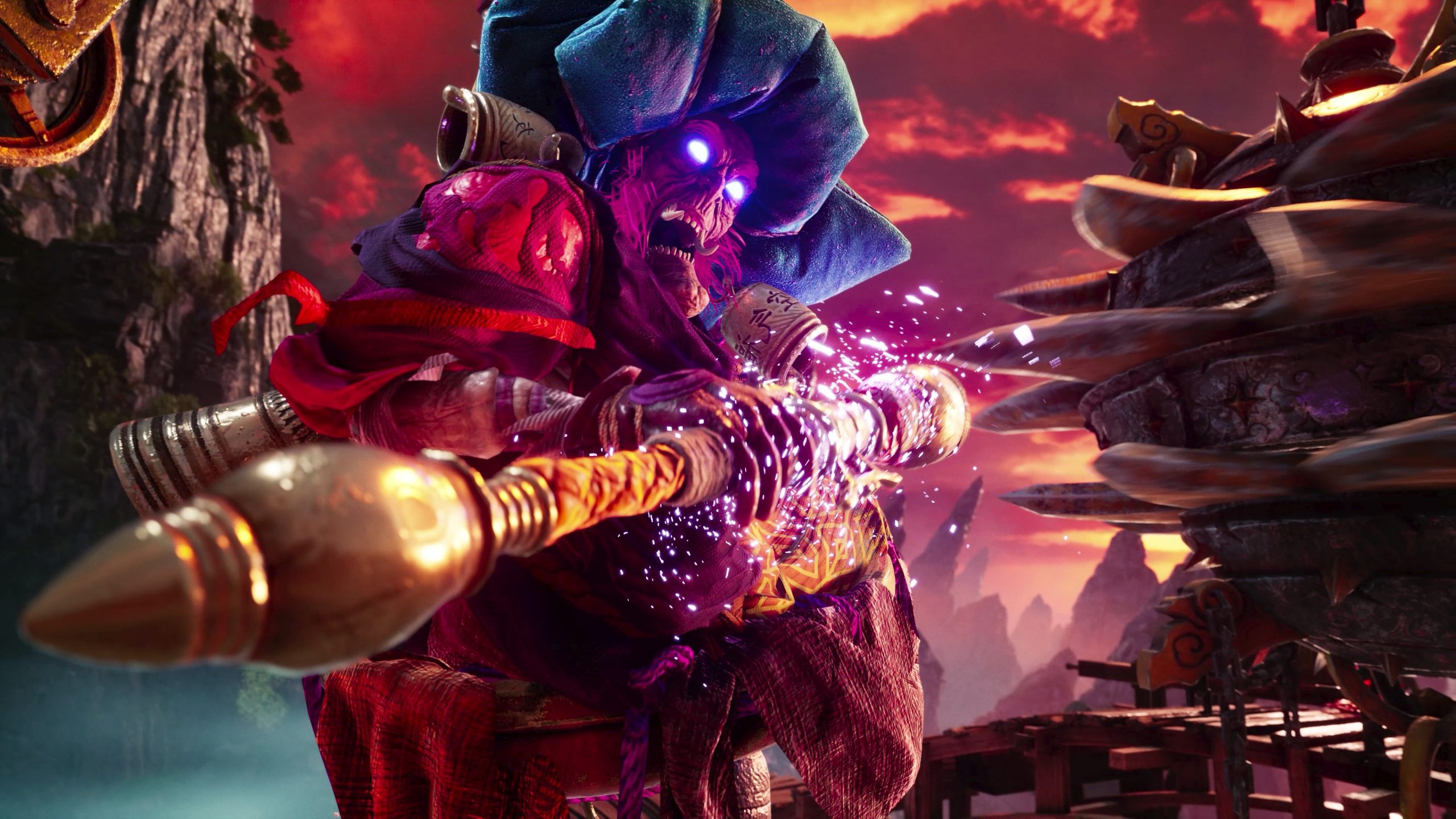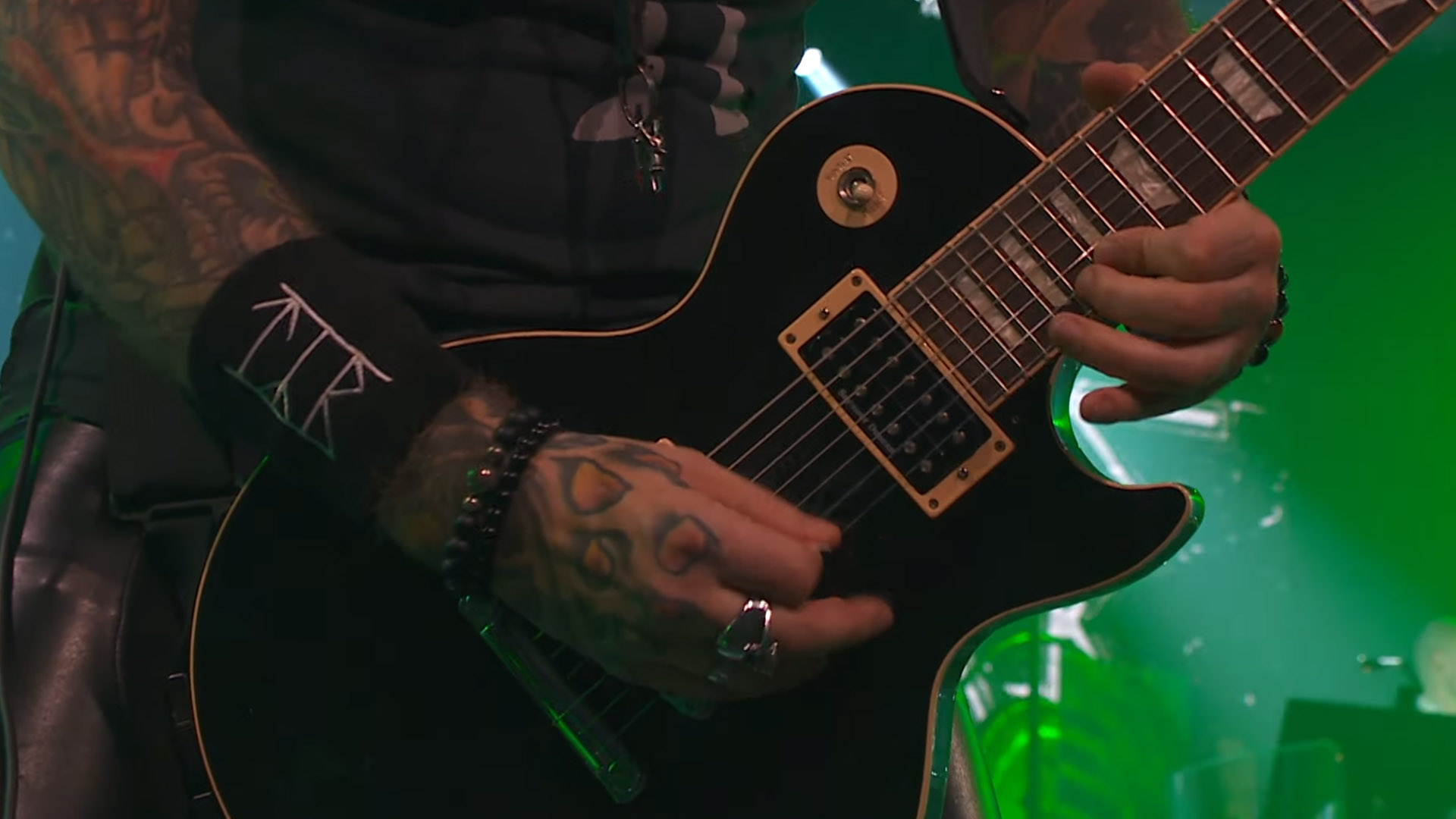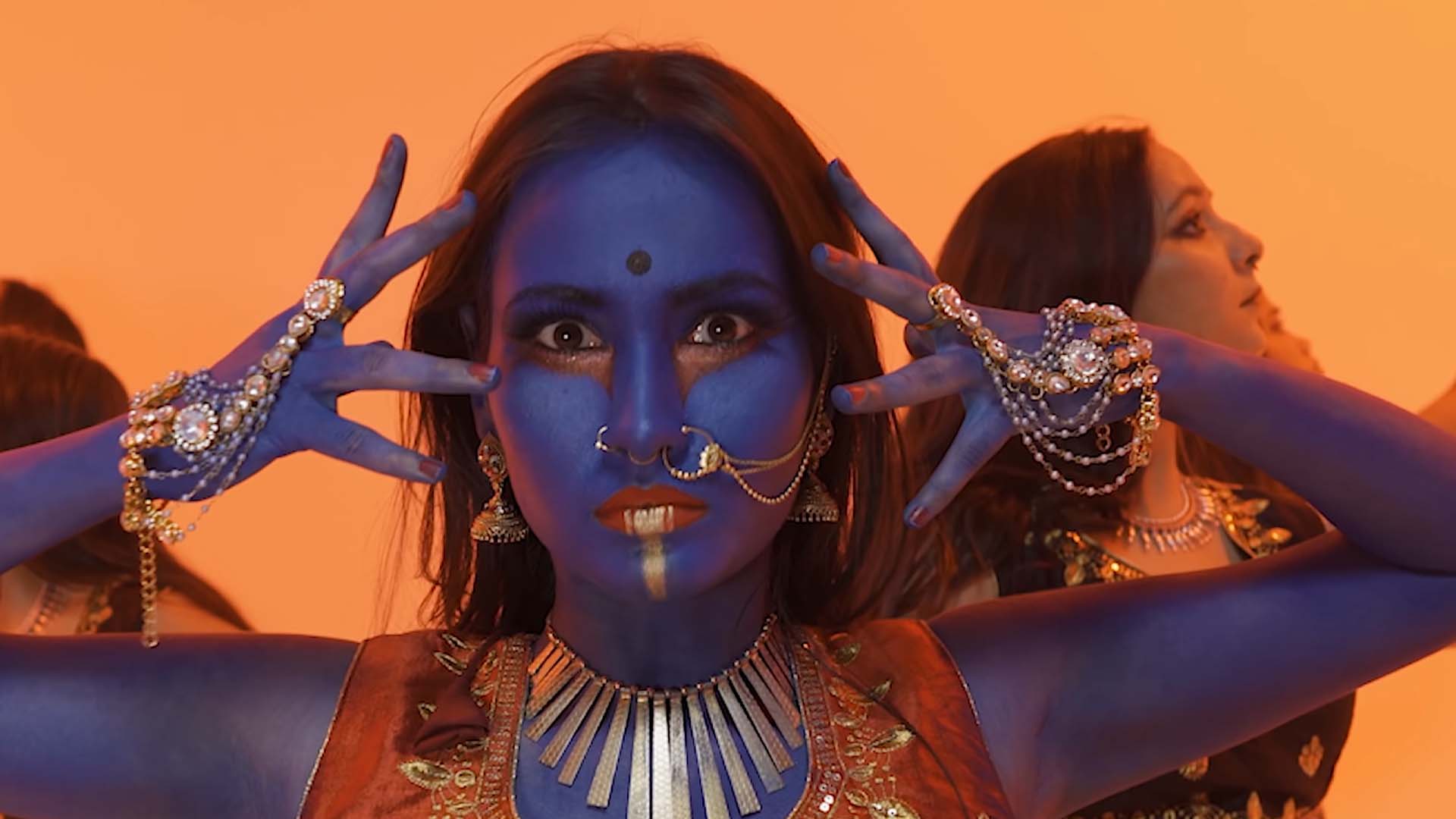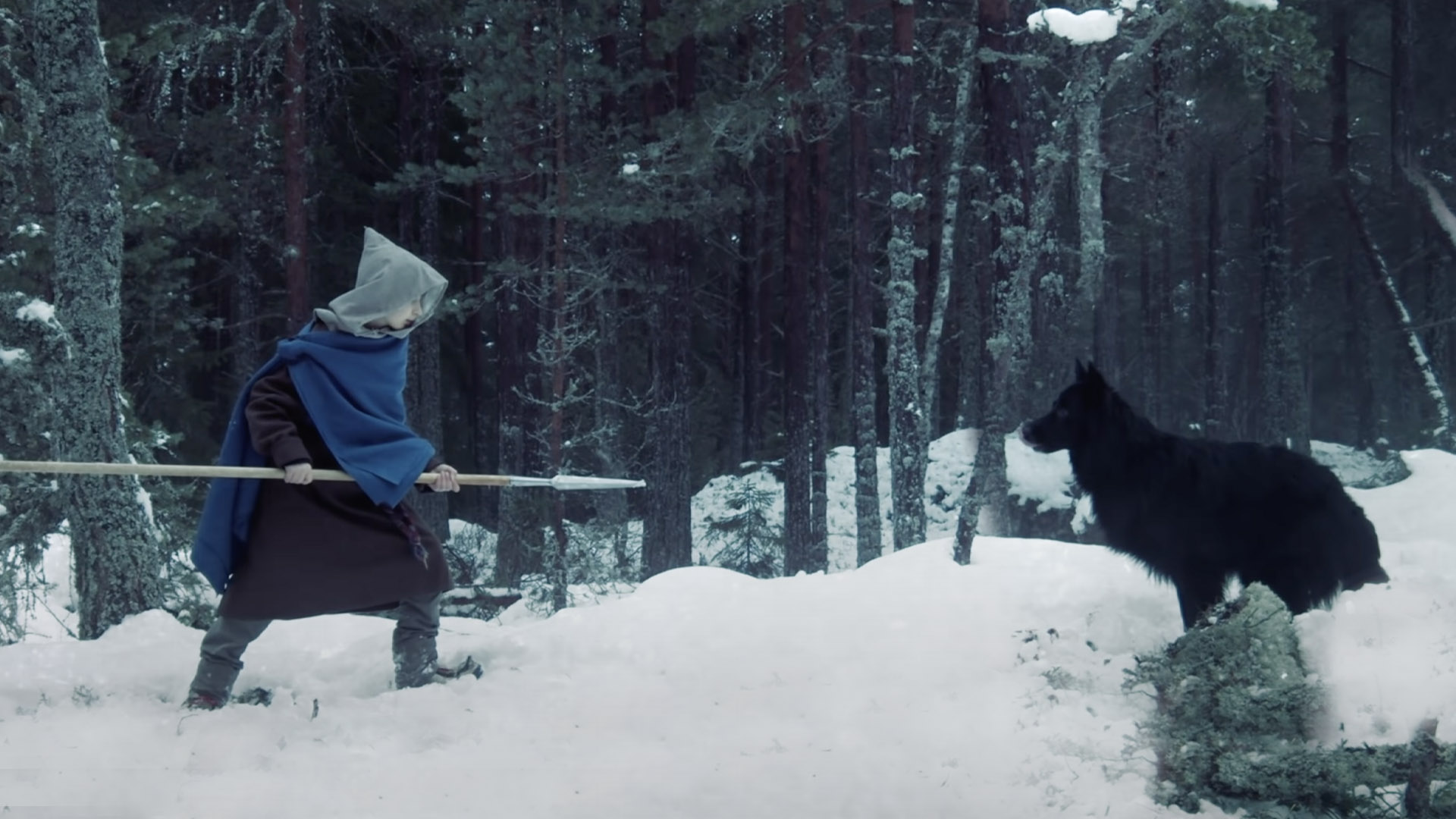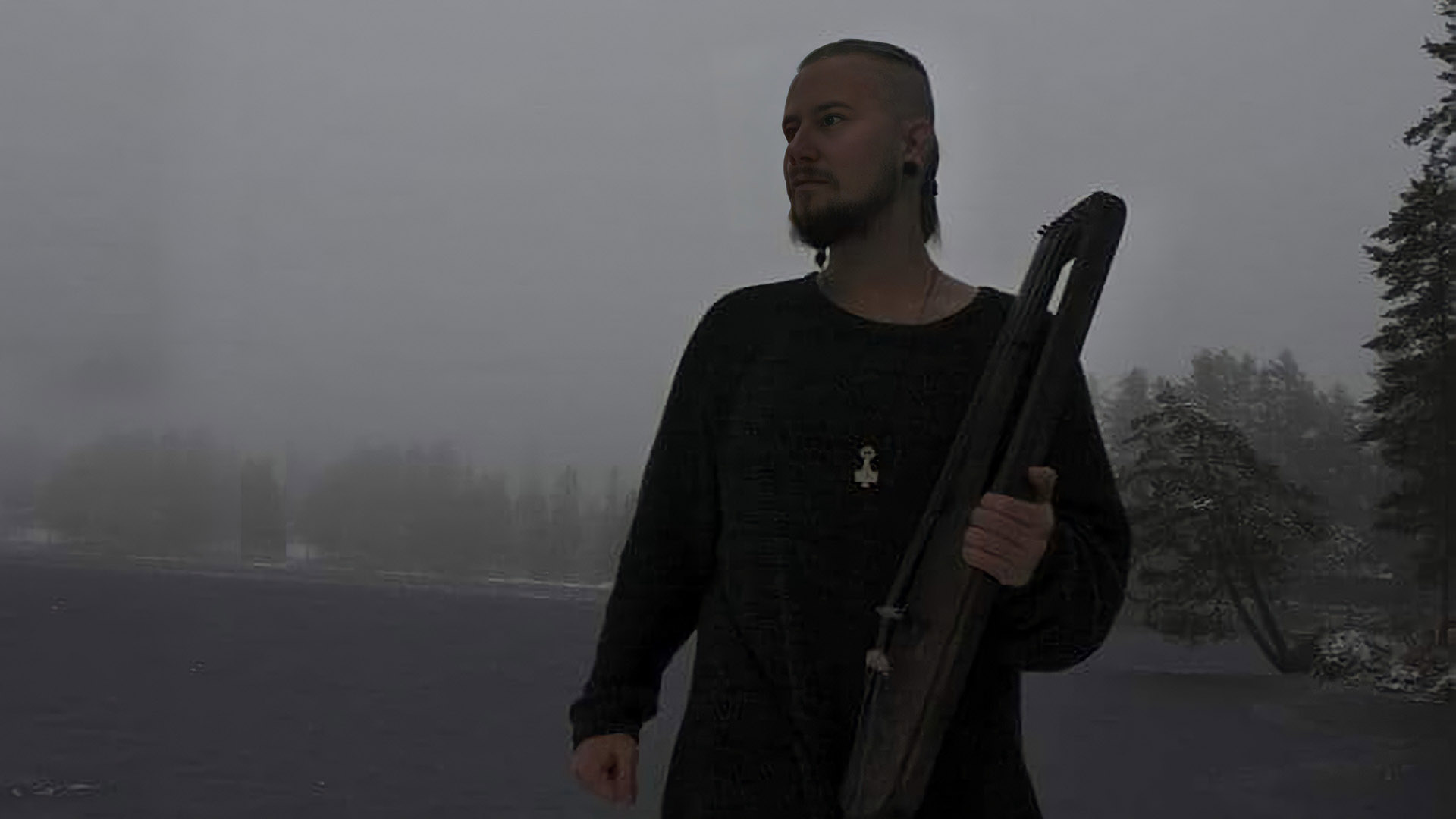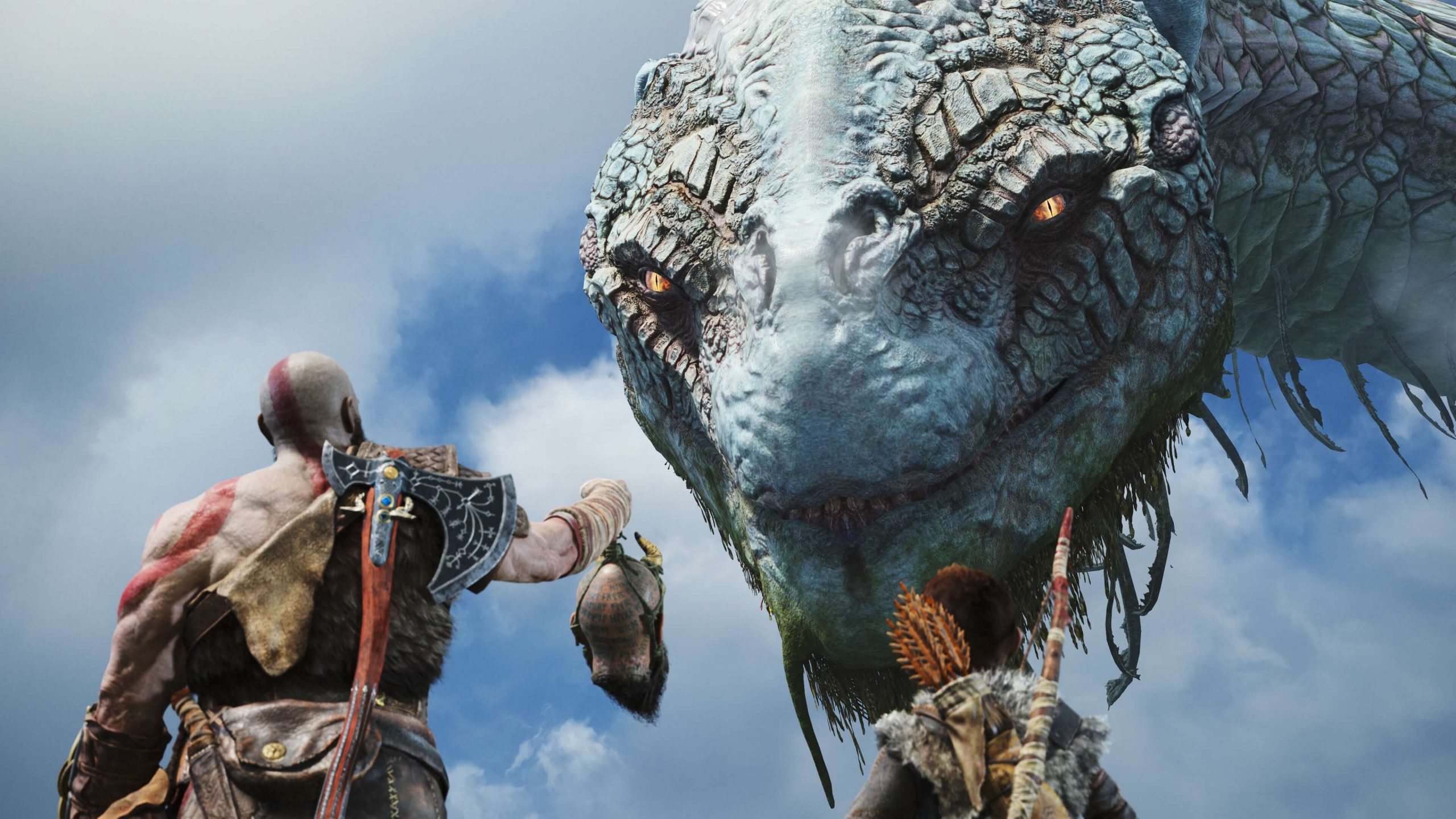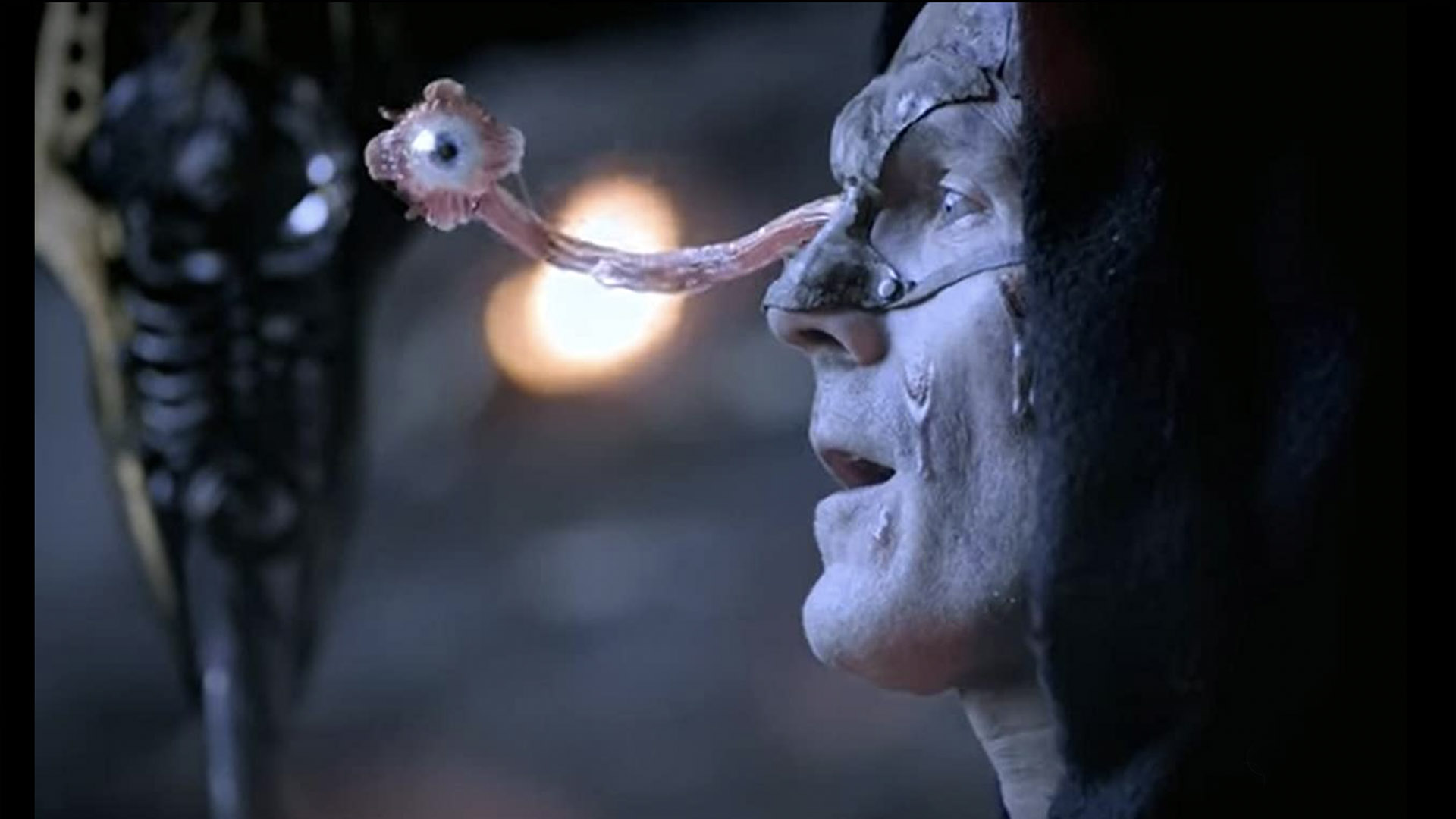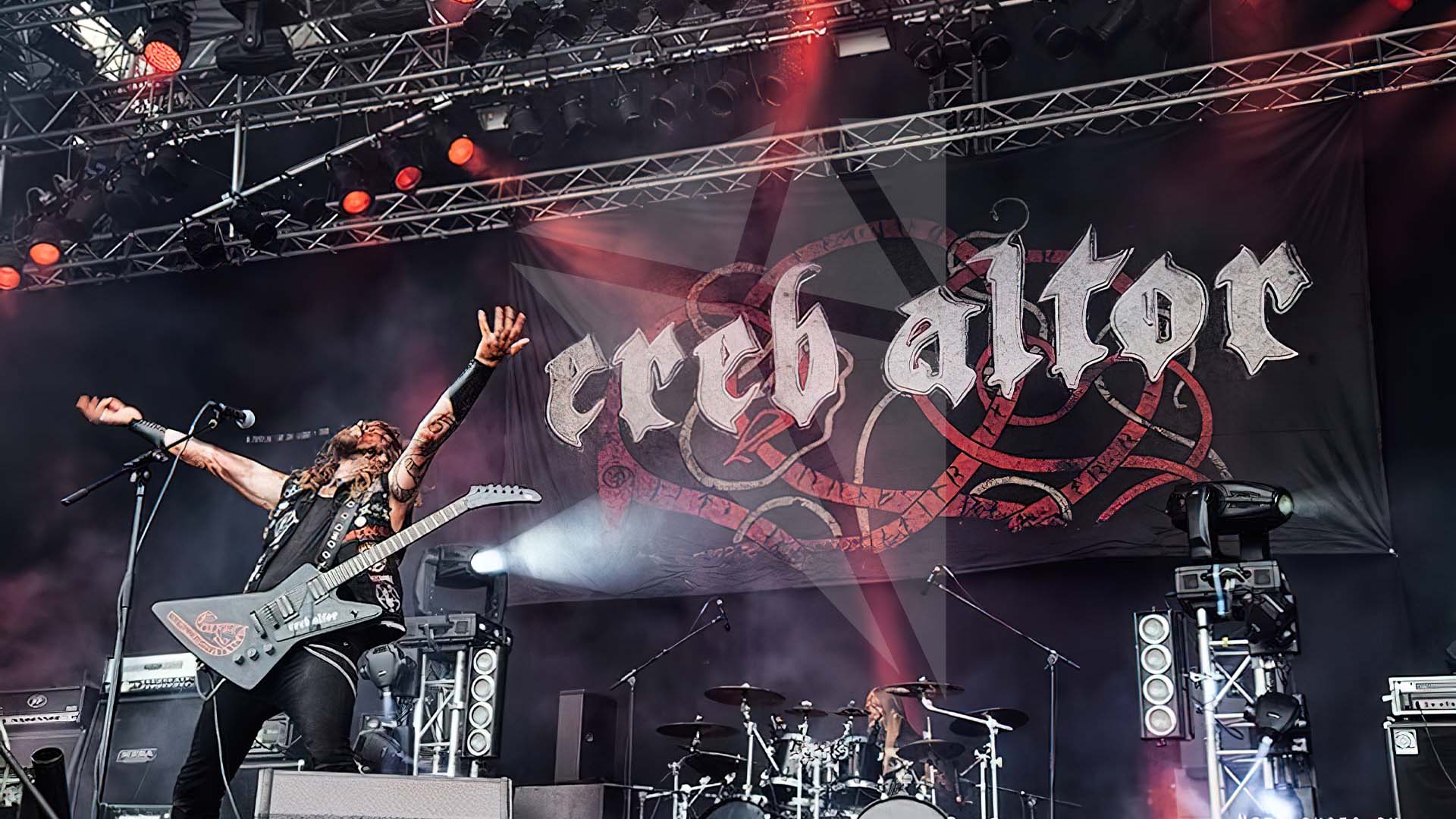March 8, 2021 — Age of Samurai: Battle for Japan covers one of the most violent periods in Japanese history — the Sengoku Jidai. The vicious rivalry, open warfare, and dynastic intrigue that was set in motion lend themselves well to semi-fictionalized drama.
The six-part series begins in 1551 CE with the death of feudal warlord Oda Nobuhide and follows the rise of three of Japan’s most influential warriors. Age of Samurai: Battle for Japan goes on to provide an account of the civil war which disrupted centuries of governmental rule. The internal conflicts left Japan fractured and at the mercy of powerful clans and warlords known as Daimyo, who were vassals of the shogun and naturally vied to control each other’s territory. The series focuses on the stories, tactics, and alliances of the three most important figures of the Sengoku Jidai era (1467 – 1615); Oda Nobunaga (Masayoshi Haneda), Toyotomi Hideyoshi (Masami Kosaka), and Tokugawa Ieyasu (Hayate Masao), all of whom historians credit for the reunification of Japan during the turbulent Warring States period.
The first season does a good job of depicting the brutality of close-quarter combat in Japan at the time, which it presents through the lens of Oda Nobunaga’s unconventional approach to battle. Age of Samurai: Battle for Japan informs of a significant turning point in Japanese history and how armed combat was conducted and armies structured. While explaining some of the key factions and advances of the “political forces” at play in this violent period in Japanese history, the series’ dramatized events also outline the development of Japanese warfare.
Viewers are also introduced to now-iconic concepts and weaponry that are to this day strongly associated with Japan including the Katana, samurai, and ninjas. Notably, the Sengoku conflict introduced firearms to Japanese battlefields through an early musket known as Arquebus that became somewhat common following Oda Nobunaga’s timely and tactically advantageous adoption of the new weapon. Firearms did not completely replace swords, spears, and arrows in the era and the series features exceptional battle re-enactments.
Historical Combat, Weaponry, and Armor
The dramatizations of Age of Samurai: Battle for Japan are provided by expert accounts from a range of historians, the combination of which serve to elevate one another, with the genius of Nobunagas tactics described in compelling narration from actor Hiro Kanagawa as Japan’s blood-curdling impact unfurls onscreen, all the while seeds of dissent are seen through subtle expressive performances. The docuseries makes effective use of engrossing and action-packed dramatizations of intensely gruesome battlefield combat and the household and strategic side of the conflict with Masayoshi Haneda delivering a powerful performance of historical master tactician Oda Nobunaga and his infamous temper.
Masami Kosaka also excels in his account of the subtle cunning of a peasant who rose through the ranks of Nobunagas forces to the role of de facto leader of Japan, Toyotomi Hideyoshi, before falling victim to madness, grief, and hubris. Comparatively, Hayate Masao’s performance of Tokugawa Ieyasu is understated. While the peasant warrior bides his time to seat the throne, the nuances of his reaction and the roles he is forced to play along make him a believable character.
Introduced in the latter half of the series, historical figure and support-character Date Masamune, who is played by Hideaki Itô, is a curious and somewhat incomplete role. With bold defiance, violence that rivals Nobunaga, and his own distinctive set of methods, Masamune feels underused in the grander scheme of history, his actions towards reunification deserve far more exploration than the series offer.
A Fanbase Divided
Age of Samurai: Battle for Japan had been hyped as an epic Japanese take on Game of Thrones — a high bar for fantasy fiction, and a comparison far from drama grounded in historical fact hence reactions to the series have been dramatically divided. During its production, If the series must be seen in this light, it is fairer to look at it through the lens of History’s Vikings, another series a long way from an authentic documentary. That said, Age of Samurai: Battle for Japan with its lavish production avoids the fully dramatized “Vikings-treatment” instead interspersing its narrative sequences and action-filled battles with expert commentary.
While documentary blended with superb re-enactments and dramatizations alongside analysis is nothing new, the performances, costumes, and combat are all highly impressive. What does break immersion is the use of digital blood squibs pointing to a somewhat rushed post-production — the clearly apparent fake blood effects diminish the sense of realism.
The series is the work of Toronto-based Cream Productions, a Canadian company that is no stranger to the blended documentary format. In 2016, Cream saw equally mixed reception to their Blood and Fury: America’s Civil War. The combat in both Cream productions is strikingly well-shot throughout, with impressive costuming amid the blood bath. Blended storytelling in miniseries format has both strengths and weaknesses as larger conflicts powered by complex motivations and myriads of moving parts need to be condensed to fit within 6 episodes.
While the first sequence of re-enacted combat is a cold open to the series and serves to whet viewers appetite for more, the series merely inform that Japan has broken down into warring factions but excludes most of the reason that provoked the war. Nevertheless, the expert commentary provides a detailed analysis of tactics, intent, and consequences of even the minutest action in battle.
An Honorable End
Seppuku is the act of ritual suicide by disembowelment, traditionally performed with a short blade known as a Tantō. It was a voluntary practice in the honor code of the samurai that allowed an honorable death which was preferred over falling into enemy hands. In Age of Samurai: Battle for Japan the dramatized depiction of Seppuku is never used solely for shock and awe but is shown with intense purpose and emotion. Also, the series does not gloss over the unsavory nature of Nobunaga and some of his peers, despite their innovation and tactical brilliance. An iconic figure to this day, Nobunaga and his ambition are given a thorough and hard look, successfully unpacking his personal behavior and fits of rage. All combined, Nobunaga’s rather complex relationships with friends, foes, and subordinates, make the rebellion against his rule understandable and easy to empathize with. Performances do not only extend to emotional outbursts, but also merciless killings, the devastation of entire religious sects, and genocide against the entire of the Iga province — a region that gave rise to the legend of the ninja through its Shinobi forces’ espionage and guerrilla warfare.
The Verdict
While the brutally blood-soaked Age of Samurai: Battle for Japan attempts to focus on the rise of three central figures in the conflict, and to a lesser extent, supporting cast Masamune, the wave of conquest crests with Ieyasu taking the title of Shogun and re-establishing peace in Japan. Following his death in old age, the military order which was revolutionized over the course of this era of Japanese history has no wars left to fight and the samurai are left to contemplate their role, honor, and philosophy.
The first season’s ending is therefore abrupt, with little observation of the aftermath, though this is when the unified image of this noble warrior class is fully formed, much like the unified state they helped create. Where the series stumble is in its ambition and ultimately it is an excellent but imperfect docudrama that barely succeeds in the balance of its two halves; to entertain and to inform.
Produced by Canada-based Cream Productions, Age of Samurai: Battle for Japan is available now on Netflix.





